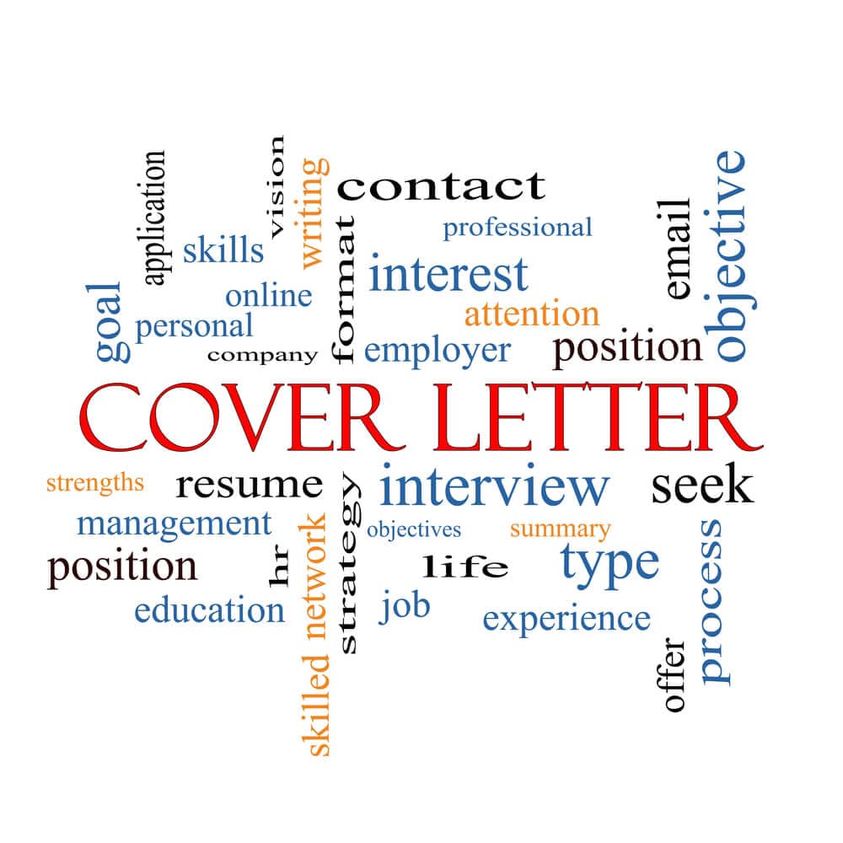A cover letter is a single-page letter that is sent with and explaining the content of a CV. The purpose of a cover letter is to introduce you, the position you’re applying for and how your skills and experiences matches the requirements of the job. When writing a cover letter, it is important to note the following:
1. DO YOUR RESEARCH FIRST: Before you start writing, find out more about the company and the specific job you want. Do some research beyond reading the job description, knowing the company better will help you decide on the right tone to use in your cover letter.
2. START STRONG: Start with a strong opening sentence that will catch the attention of the recruiter e.g. why the job is exciting to you and why you’re right for it. For example, an accountant could write, “I’m Chartered Accountant with excellent professional distinction and I would love to bring my expertise and enthusiasm to your growing development team.”
3. EMPHASIZE YOUR VALUES: Hiring managers are looking for people who can help them solve problems. Drawing on the research you did earlier, show that you know what the company does and some of the challenges it faces. These don’t need to be specific but you might mention a trend that’s affected the industry, then talk about how your experience has equipped you to meet those needs; perhaps explain how you solved a similar problem in the past or share a relevant accomplishment.
4. SHOW ENTHUSIASM: Make it clear why you want the position. Enthusiasm conveys personality. Writing what you like about the company e.g. ‘I would love to work for your company because your quality products/services have distinguished you as the industry leader’, shows your excitement and interest in the organization. However, don’t go overboard with flattery or say anything you don’t mean.
5. YOUR COVER LETTER SHOULD BE ERROR –FREE: Spelling and grammar mistakes in your cover letter will portray you as someone with a poor communication skill; you need to carefully go over your cover letter to check if there are errors and make necessary correction. #KnowledgeExchange










